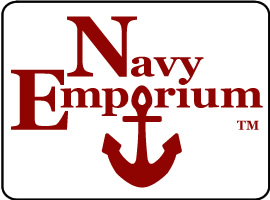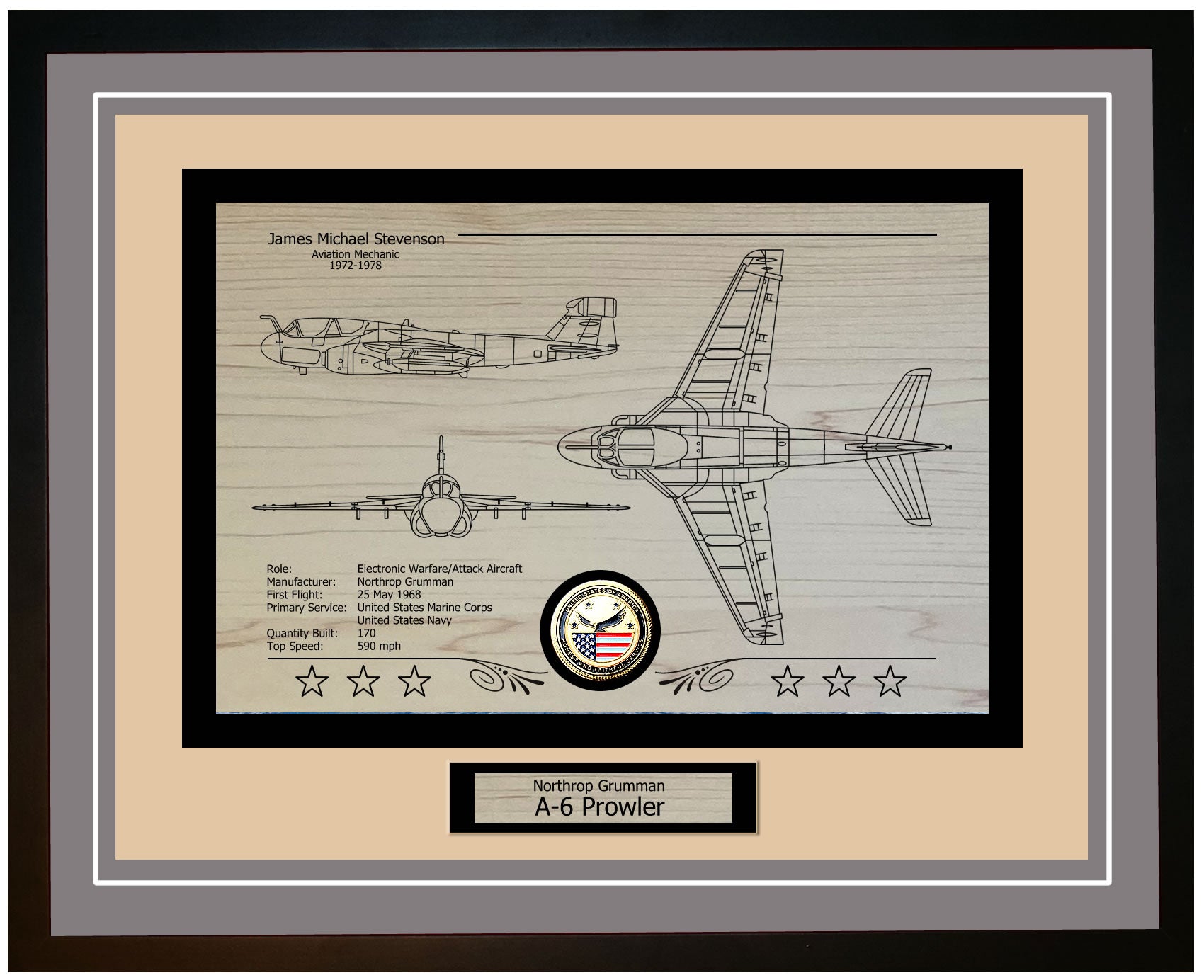The USS Dewey DDG-45 holds significance in the history of the United States Navy. This guided missile destroyer, constructed by Bath Iron Works, in Maine was commissioned on March 26, 1960. It was named after Admiral George Dewey, a hero from the Spanish-American War reflecting the vessel's embodiment of strength and determination.
One notable aspect that sets the USS Dewey DDG-45 apart is its weaponry and technology. Equipped with Harpoon anti-ship missiles, surface-to-air missiles, torpedoes, and a rapid-fire gun system it possesses unique capabilities. Moreover, its state-of-the-art radar systems provide awareness to detect threats from both air and sea.
Throughout its over three decades of service in the US Navy fleet until decommissioning in 1991 the USS Dewey DDG-45 made a lasting impact on operations. The ship actively participated in exercises and deployments worldwide during this period. Its legacy includes playing a role in protecting coalition forces against enemy threats during Operation Desert Storm in 1991.
The USS Dewey DDG-45 belonged to the Farragut class of guided missile destroyers specifically designed for aircraft warfare missions. These ships gained a reputation for being adaptable and effective in conditions. Their main role was to provide protection for aircraft carriers and other valuable assets against threats while also engaging enemy surface vessels if necessary.
In December 1959, the USS Dewey DDG-45 was commissioned, marking the beginning of its service as part of America's naval force projection capabilities across the globe. Under the leadership of CDR Elmo Zumwalt, who commanded a crew of sailors the ship embarked on its voyage with a readiness to fulfill its duty and safeguard national interests.
To conclude, the USS Dewey DDG-45 holds a place in the history of the US Navy. Its construction, advanced features, namesake, significant legacy, class association, and commissioning all contribute to its story. Throughout its service life, this vessel exemplified the strength and dedication of both men and women who served aboard it.
USS Dewey DDG 45: A Masterpiece of Naval Design and Technology
The USS Dewey DDG-45 is an essential guided-missile destroyer within the United States Navy fleet. This ship is built with a design that enhances its ability to operate in maritime environments. It measures 512 feet long and has a weight of 5,800 tons which allows for better maneuverability and speed. The sleek hull shape reduces water resistance enabling the USS Dewey to navigate in challenging weather conditions.
In terms of technology, the USS Dewey is equipped with systems that ensure performance during missions. Its integrated combat system combines radar tracking and advanced fire control systems to provide targeting information in engagements.
It has two sets of torpedo tubes that can launch Mark 46 torpedoes. These torpedoes are mainly used to engage enemy submarines lurking beneath the surface. They are highly effective in neutralizing threats due to their guidance systems and high-speed capabilities.
USS Dewey DDG-45: Crew Memories Spanning Decades of Service
The USS Dewey DDG-45 holds a special place in the hearts of its crew members, each with their unique memories and experiences. From the 1960s to the 1990s, these sailors shared their recollections of life aboard this remarkable guided missile destroyer.
Scot 'Smitty' Smith, who served from 1985 to 1988 as a GMM3, fondly remembers his missile house colleagues and is eager to reconnect with old shipmates. Names like GMM3 Renny, 'Sid' Frisch, GMM2 Paul Kosta, GMM3 Pat Hash, GMM2 Dave, GMM1 Ed Fahl, GMMC Jerry King, and FC1 Mike bring back cherished memories.
Alan Lashomb, an RM3 from 1986 to 1990, treasures his time on the USS Dewey during the Mediterranean cruise. He misses crew members like RM1 Hudnell, RM1 Nealey, RM1 Jenkins, RM2 Mainwaring, RM2 Richardson, RM3 Hernandez, RM3 Limeaux, RM3 Sparrow, RMSN Russel, OC3 Blanton, and OC3 Griffith.
Don Muehlberger, known as 'moose-turtle,' served as an OS2 from 1982 to 1986. Despite the passing years, he still smiles when reminiscing about the good times aboard the ship.
Mike Michael Brown, who served from 1977 to 1979 as an OS2, recalls the USS Dewey's role as the class ship of the Mediterranean in 1978. He vividly remembers the clever ruse that fooled a Russian AGI.
Carl Posey, an SMCS from 1975 to 1977 reflects on his two-year stint aboard the USS Dewey, including a yard period and a memorable Mediterranean trip. He wonders where his fellow shipmates from that era are now.
John Day, a Fireman who served from 1989 to 1990, describes his time on the USS Dewey as the best Navy post he ever had. He fondly remembers Commander Router and the strong sense of camaraderie among officers and enlisted personnel.
Billy Gibson, a YN/BM from 1984 to 1986, shares memories of the Med cruise and the Caribbean, along with some light-hearted blackmail pictures. He reaches out to shipmates like S. Gares, Holman, Harper, Grant, Whorehouse, Hamilton, Joffrion, Mitts, and Chief Nonskid.
Mike McAdams, an LT from 1987 to 1990, looks back on his time on the USS Dewey with nostalgia. He mentions his retirement as LCDR in 1998 and his subsequent career teaching high school math and computers.
Dave Kuehler, an FC1 from 1987 to 1990, remembers the Med jaunt of '87 and a humorous incident involving orange smoke. He recalls the camaraderie of the crew during those unforgettable years.
Richard 'Smitty' Smith, an SN from 1965 to 1966, shares his journey from boot camp to serving under BM1 Douglas and later in the 4th Division. Today, he's an attorney for NLRB, reflecting on the friendships forged during his time on the USS Dewey.
USS Dewey DDG 45: A History of Deployments, Awards, and Excellence
Since being commissioned in December 1959, the ship has been deployed to regions to guarantee maritime security while projecting American power. The USS Dewey notably took part in operations during the Cold War era in the 1960s and 1970s. Its primary role was to patrol areas, like the Mediterranean Sea and Atlantic Ocean to deter threats.
During times of conflict, the USS Dewey consistently showcased its capabilities as a warship. It played a role in Operation Desert Storm in 1991 working as part of a naval task force deployed in the Persian Gulf region. The ship provided air defense support to coalition forces while also conducting surveillance missions to gather intelligence on enemy activities. Its presence helped maintain stability during one of history's military campaigns.







1 comment
Every year we have a USS Dewey reunion. Log on to USS Dewey DLG14/DDG45 on Facebook and get all the information!!! I served 77-79 HT2!!! We have a great time 🇺🇸🫡